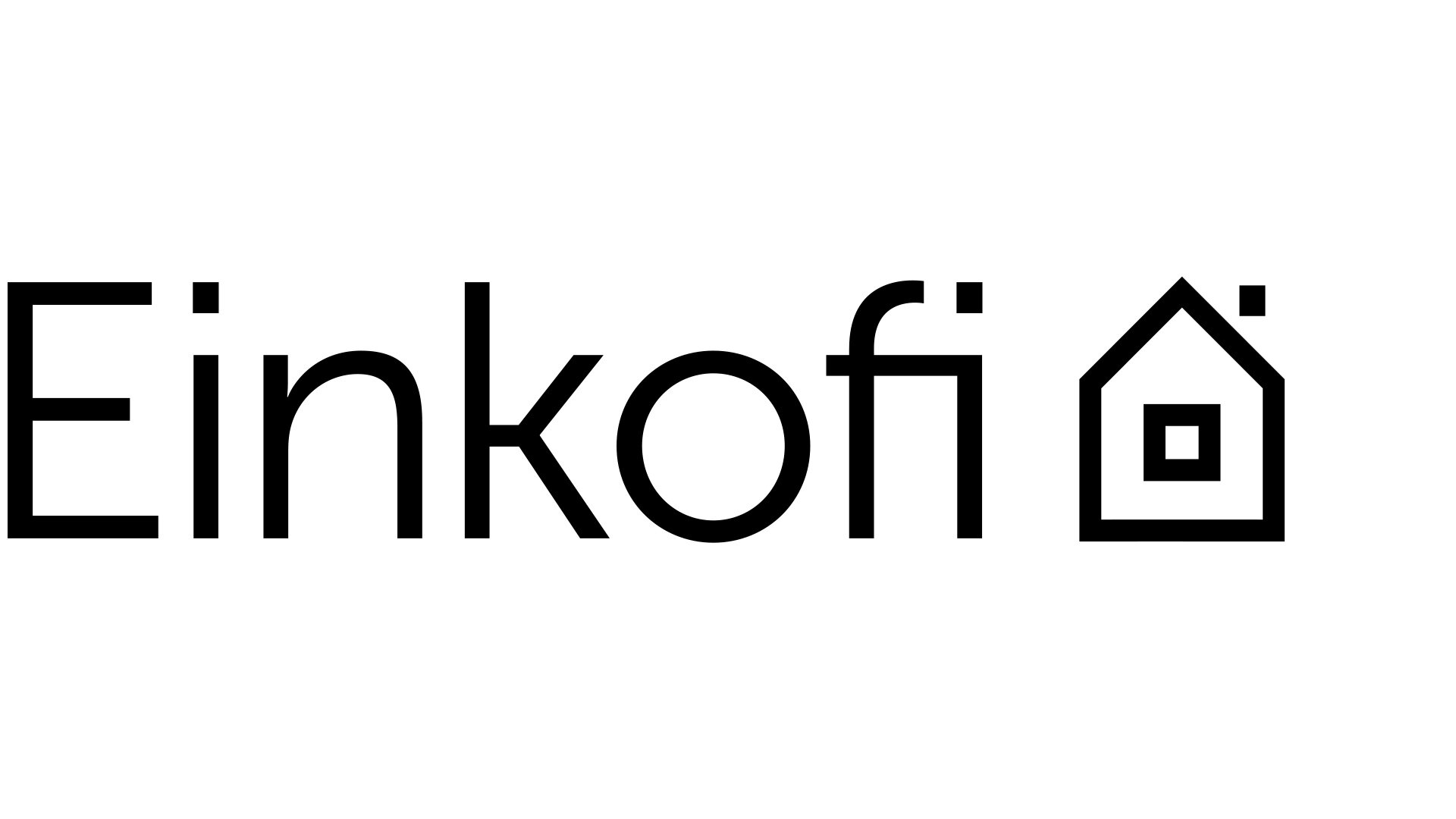STARTING OUT
This guidance has been pulled together from various freely available guides compiled by the Creative Europe Desks and augmented with our own documents and experience. If you want further technical guidance, application support or project and partnership development consultation please get in touch.
1. Contact your partners, get to know them and plan meetings with them in the lead up to application submission
2. Always read up and enquire about any changes to the guidelines for each call - do not assume they will all stay the same
3. Get to know the application form requirements
Ensure all your partners understand the importance of key issues such as the Evaluation, Communication and Dissemination of the project. In addition to these documents, the annexes and templates need to be produced, collected, signed and compiled. Make sure your partners are clear as to what these documents are, and work out deadlines for agreements and getting these documents submitted well ahead of the submission date.
4. Ensure that all your partners (including yourself) have a Participant Identification Code (PIC)
All applications are submitted electronically, so everyone must obtain a PIC by registering for an ECAS account (a user account for administration) and then create an entry for your organisation on the newly named Funding and Tenders Portal, this will create a PIC number for your company (you and your partners will also later need to upload the required legal entity form and financial annexes before submitting).
5. Familiarise yourself with the application documents and other resources
All guides, the e-Form, templates and annexes are linked to on the EACEA call page
Read the guidelines the Award (assessment) Criteria are particularly useful for checking where you are with your project and application. They contain the questions the assessors will use to evaluate your application, and these are questions that you will have to answer in the application form
Read the guide for applicants
Read the Guidance on contractual project management, written by the EACEA on what is expected of you in terms of communicating, monitoring, reporting and finances after receiving funding and catch up on our Financial Management and Reporting workshop on YouTube.
6. Work on the Annex documents that will require the most collaboration between the partnership
The Detailed description of the project (this is now a template Word Document submitted as an annex)
The Budget form (submitted as an annex)
The cooperation agreement (a legal document created by the partners outlining each organisations responsibilities - no template for this)
The e-Form (we recommend creating a word document to work on the different sections and then paste into the e-form)
7. Work through the remaining annexes in the application
The below documents need to be duly filled in, signed, scanned together and be attached as one document in pdf:
Declaration on honour only for the project leader
Mandate letters for each partner, conferring power of attorney to the project leader
Take a look at the checklist at the end of the Guidelines, and plan what you need your partners to submit, sign and collect, take a look at the e-form too as some sections will need further collection and coordination. Take note of second section of the ‘project description’ word document which the CVs from the main project coordinator of each partner.
Some of these actions are more essential for leads than for partners, but if you aren’t a lead partner, the partnership and project always benefits when all organisations involved take ownership of the application process and understand what they are feeding into.
Encourage your partners make contact with their Creative Europe Desks. Remember it’s not just the EU member states that take part in the Creative Europe programme, and there is a Creative Europe Desk in each of the participating countries.
PARTNERING FOR CREATIVE EUROPE PROJECTS
Whether leading or participating in a Creative Europe Project choosing a good fit of partners is essential to an effective and achievable project.
Start with partners you already know.
Consider roles, skills and relevance.
Consider how scale, shared risk and financial capacity will affect working together.
A pilot project may be a good idea.
Develop workflows and communication tools.
Keep it simple and achievable.
CREATIVE EUROPE DESKS
Established so far in 38 countries, the Creative Europe Desks are your gateway to the EU Creative Europe Programme. The Creative Europe Desks promote European initiatives in the field of audiovisual and culture and facilitate participation in the Creative Europe programme. Click through on the title link above.
CREATIVE EUROPE DESK
PARTNER SEARCH TOOLS
CREATIVE EUROPE PROJECT RESULTS
A searchable database of descriptions of all projects funded under the Creative Europe - Culture sub-programme and some of the projects financed under the Creative Europe - MEDIA sub-programme, including contact information for the organisations involved
It also contains results for projects that have ended, including links to websites.
Success stories, or projects that have had exceptional results in terms of policy relevance, communication potential, impact or design, are highlighted on the platform. They have been selected from a wider pool of good practice examples, or well-managed projects with very good results. Click through on the title link above.
EUROPEAN NETWORK DATABASE
A good way to get to know partners in the fields you want to work in is to join European focused networks. Click through for a list of possible places to start covering Architecture, Audiences and Participation, Cultural Policy and Research, Dance, Design, European Cities and Regions, Festivals, Film & Media, Interdisciplinary, Libraries, Literature, Mobility, Museums & Heritage, Training and Education, Visual Arts, Youth & Young People, Video Games.

